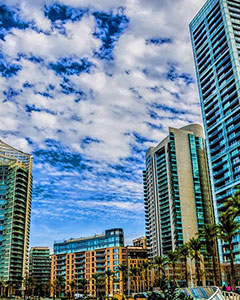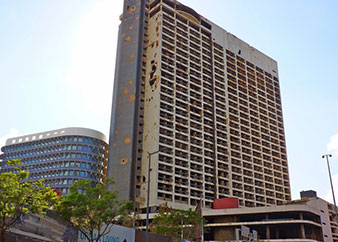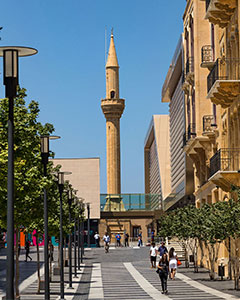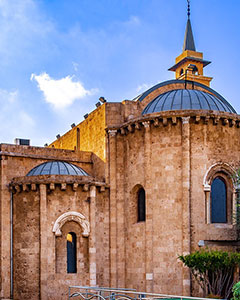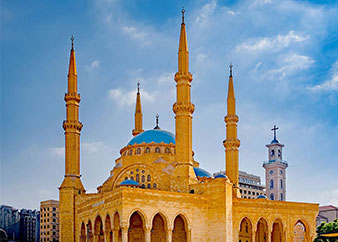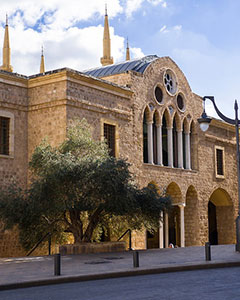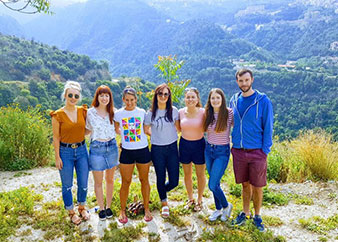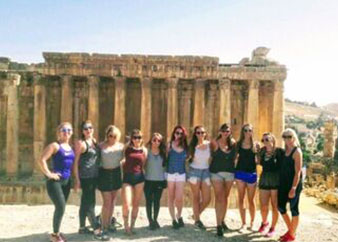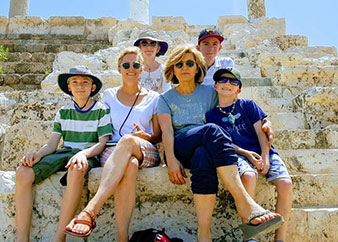Beirut Walking Tour
Beirut Tour - Lebanon Tours
Maximize your time in Beirut on a historic walking tour. On this walking trip, see the highlights of the city walking and cover all the must-see Beirut’s landmarks including Mosques, Churches, the Martyr's Square, The Old Holiday inn, The Roman Baths, Place de l’etoile and much more. You’ll have commentary on each sight you visit, wear a comfortable running shoes for a better and convenient experience of the best walking tour.
Operates: Every Saturday & Sunday
Starts: 5:00 pm
Duration: 3 hours
Price: $20 USD
Meeting Point: Travelers must meet us at Zaitouna Bay
Starts: 5:00 pm
Duration: 3 hours
Price: $20 USD
Meeting Point: Travelers must meet us at Zaitouna Bay
- In this walking tour of Beirut, the city that refuses to die, we will show you step by step, the clues between ancient history and what is Beirut today.
- Meeting point will be at Zaitunay Bay near st. George's yacht club
- The tour starts from this famous spot and it will continue to show you famous hotels and others high rising towers.
- Passing by the residential area, the tour will reach Beirut Souks where the building of famous architect Zaha Hadid and the old building of l'Orient le jour stands together.
- Then it will proceed to reach the places where is the roman bath, grand serial, star square, martyr's square, churches, mosques and different cultural spots
- Going out through bourj area, the tour continues to saifi village
- The tour will reach sursok street and going down the longest stairway in the middle East
- Than it continues to reach again the bourj area but this time from Alnahar building passing by Samir Qassir garden
- The tour will finish at the Municipality of Beirut
What's Included?
✓ Professional Guide
What's Excluded?
X Meals
X Gratuities
X Personal Expenses
✓ Professional Guide
What's Excluded?
X Meals
X Gratuities
X Personal Expenses
Greek Orthodox Cathedral of Saint GeorgeThe Greek Orthodox Cathedral of Saint George is the seat of the Greek Orthodox Metropolitan bishop of the Greek Orthodox Archdiocese of Beirut and its dependencies. It is the oldest church in the city of Beirut and one of the oldest in the region and It is located in the heart of Beirut’s city center.
|
Customers Who Bought This Tour Also Bought
Jeita Grotto, Harissa & Byblos |
Baalbek, Anjar & Ksara |
Sidon, Tyre & Maghdouche |
